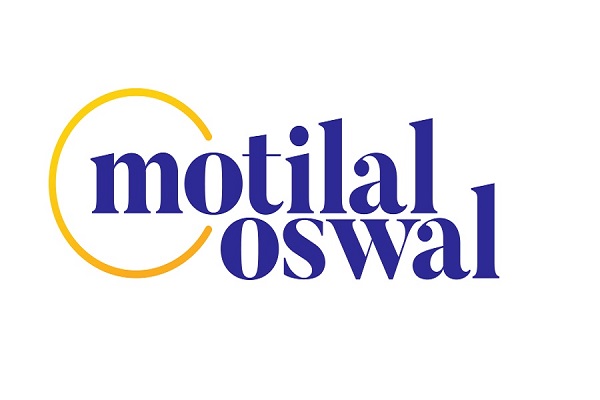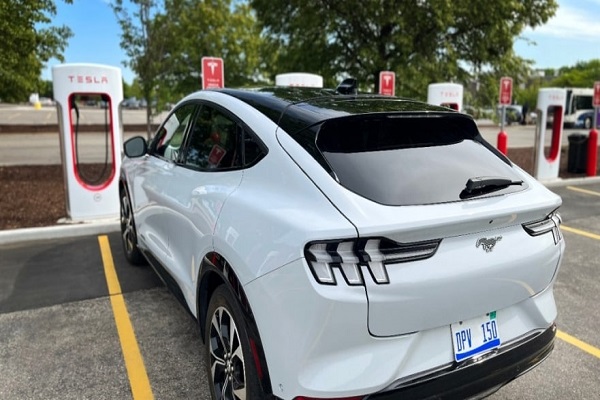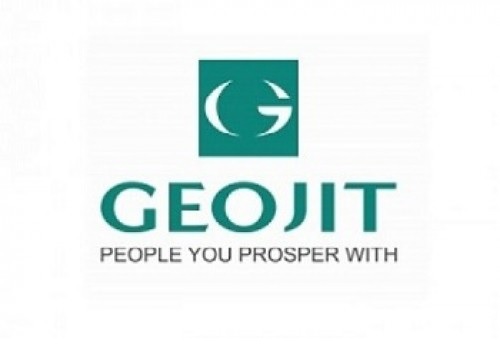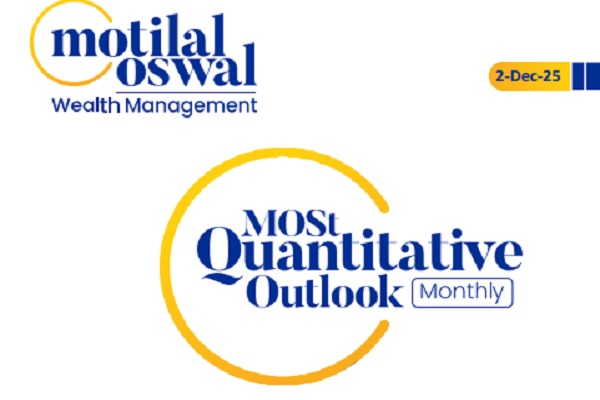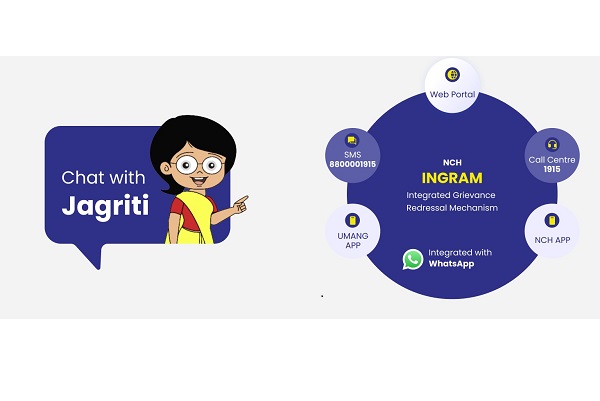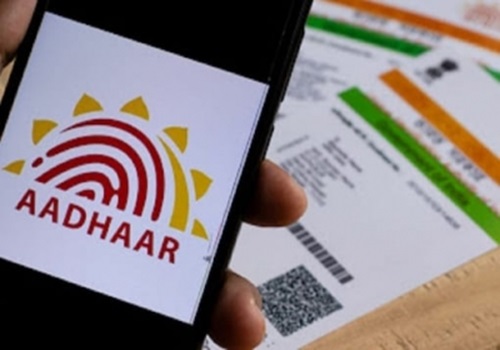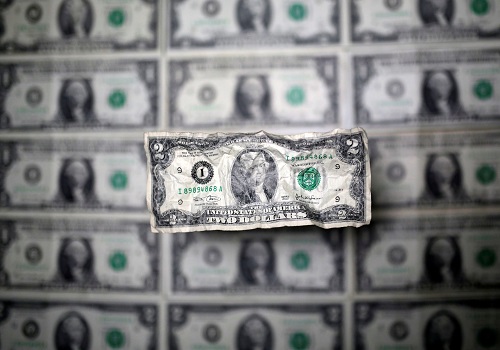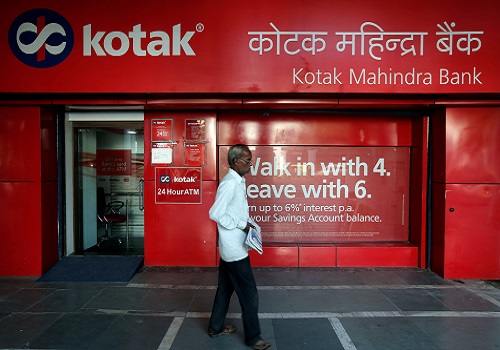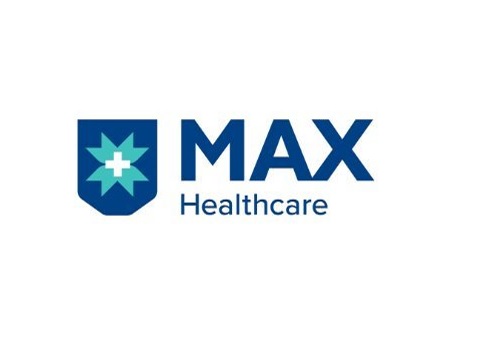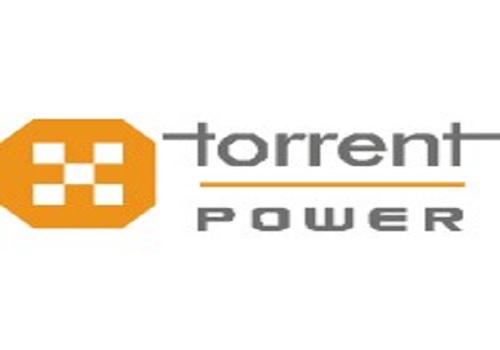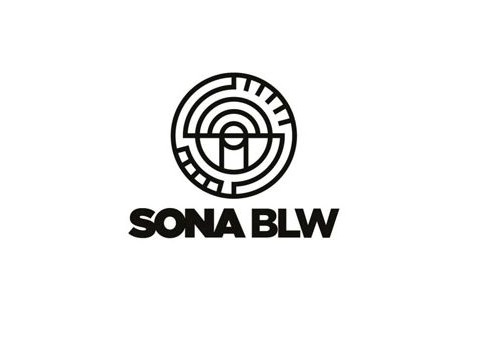Reduce Kotak Mahindra Bank Ltd For Target Rs.1,700 By Emkay Global Financial Services
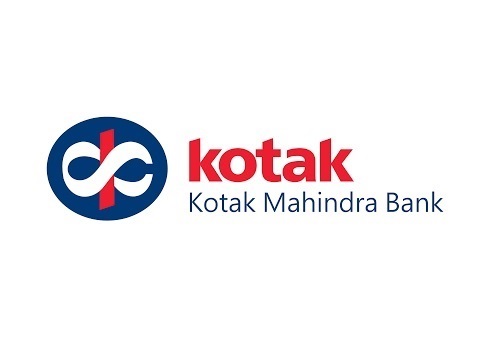
Kotak Mahindra Bank (KMB) reported a sharp decline in margins (vs stable for HDFCB), which coupled with higher LLP, led to a 4% miss on core PAT at Rs35bn. However, KMB reported higher PAT of Rs62.5bn, adjusted for net oneoff gain from the stake sale in Kotak General Insurance (KGI) of Rs27.3bn. Despite the embargo on new card issuance, rising unsecured loan stress, and struggle on deposits with CASA shrinking to a low of 43%, the bank accelerated credit growth to 19% YoY. We believe, it needs to calibrate growth a bit and fix its slipping liability profile and asset quality, especially in light of RBI warnings. Bank has gained from new investment guidelines given its traditionally higher AFS book, leading to nearly Rs34bn addition to its NW, but further diluting RoE. Factoring margin pressure and bottoming of low LLP era, we expect KMB’s core RoA/RoE declining from 2.5%/15% in FY24 to 2%-2.3%/12-14% over FY25- 27E. We retain REDUCE with revised TP of Rs1,700/sh (earlier Rs1,625) rolling fwd on 1.8x Jun-26E SA ABV (revised upwards due to AFS reserve/KGI stake sale gains) and subs/Inv value at Rs540/sh
Bank needs to calibrate growth amid rising systemic stress and funding pressure
Kotak Bank continues to report higher credit growth at 19% YoY/4% QoQ, mainly led by acceleration in low-yield corporate book. Despite the embargo on cards/digital banking, the bank continues to grow at a faster pace in PL/SBL, CV/CE, and other retail segments. On the other hand, deposit growth remains relatively moderate at 16% with LDR at 87% and CASA retreating at a faster pace to a low of 43%, reflecting the sharp rise in CoF. This, coupled with absence of one-off interest on IT refund (12bps) led to a sharp 26bps QoQ dip in margins to 5%. Management remains hopeful of early lifting of embargo on card/digital banking business, but external audit followed by undertaking corrective measures to the Regulator’s satisfaction is a difficult task, as seen in the case of HDFCB
Asset quality slips amid rising stress in unsecured loans; absence of contingent buffer, unlike large peers, could drive up credit cost in the medium term
Slippages remain elevated at Rs13.6bn/1.7% of loans, due to rising stress in unsecured loans and some impact of election-related dislocation. Specific PCR continues to slip down to 75% to support profitability, whereas the bank does not carry contingent provision buffer, unlike large peers. The new management believes that its book is well provided for the current risk, and therefore does not see any need for building buffers at this point in time. However, we believe systemic stress is on the rise and hence build in higher LLP (0.5-0.9%) for the bank over FY25-27E vs 0.4% in FY24.
Retain REDUCE with revised TP of Rs1,700/share
We believe the bank needs to calibrate credit growth a bit and fix its slipping liability profile and asset quality; more so in the light of continued regulatory warnings. Bank is already under embargo from the RBI and friction with the regulator should be avoided. We retain REDUCE rating given our concerns around growth/asset quality and higher attrition in the recent past. However, we revise our TP upwards to Rs1,700/sh (earlier Rs1,625) rolling fwd now on 1.8x Jun-26E standalone ABV (revised upwards due to AFS reserve/KGI stake sale gains) and subs/Inv value at Rs540/share.
For More Emkay Global Financial Services Ltd Disclaimer http://www.emkayglobal.com/Uploads/disclaimer.pdf & SEBI Registration number is INH000000354
